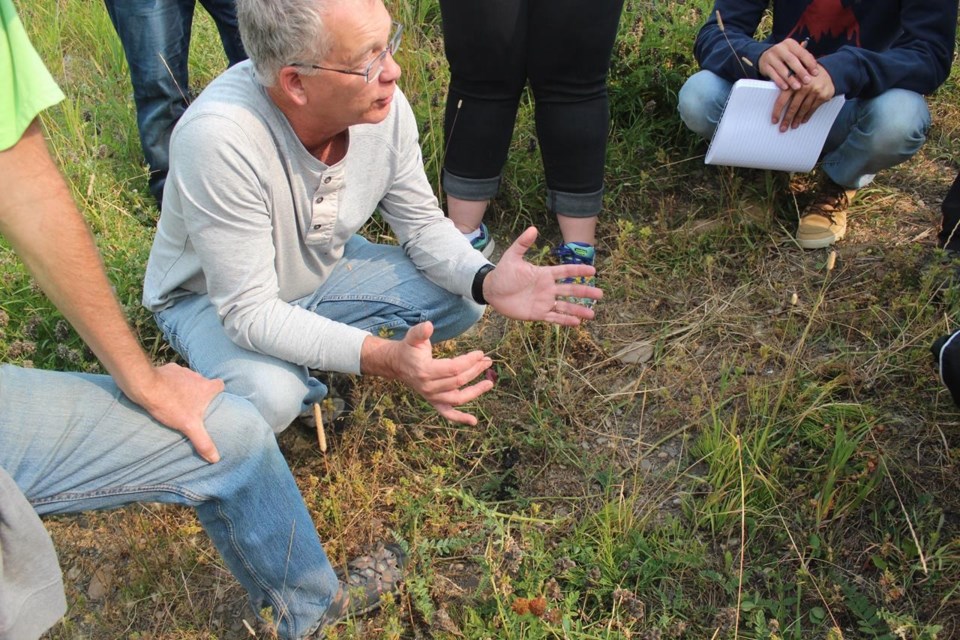Alberta entomologist Kevin Floate is ready to start spreading the news that he has compiled a comprehensive guide into insects that live in cow dung in Canada.
Floate — a scientist with Agriculture and Agri-Food Canada at the Lethbridge Research and Development Centre in southern Alberta — said he started studying insects in cattle dung about 30 years ago.
At the time, he realized he needed one source of information to help get him started.
"It didn't exist. So, here we are 30 years later, and I've written that guide and it's intended for ranchers and farmers and students and naturalists," said Floate, who has a doctorate in entomology and penned "Cow Patty Critters: A New Guide on Canada's Faecal Friends."
"Anyone who's ever asked the question 'What's in dung?' This is the guide that I've written for you."
The humble cow turd, sometimes known as a cow patty, cow pie or cow chip, has a soft texture and tends to be deposited in circular shapes, inspiring its various monikers.
Beaver, Okla., has held the World Cow Chip Throwing Contest since 1969 and singer Jim Stafford penned the tongue-in-cheek 1981 hit "Cow Patti."
Despite the potential for numerous scatological jokes, Floate said he doesn't mind a bit of ribbing about his profession.
"I embrace it because it's an unusual topic, yet it's everywhere, " Floate said with a laugh. "So, I don't mind a bad pun, and when you work in cow pies, you get a lot of bad puns."
Floate said he has spent much of his career looking at the effects of chemicals that end up in cattle dung, and the impact on the insects that live there.
He said an estimated 110 million dung pats are deposited every year in Canada.
He's identified more than 300 insects in his dung detective's handbook and only three are considered harmful: horn flies, face flies and stable flies.
He said others, like the dung beetle, can play an important role, especially in the pasture.
"Some of those beetles will put the dung underground in tunnels. The tunnelling increases the permeability of the soil to water and oxygen and the little packages of dung the beetles push underground are like little parcels of fertilizer and help the plants grow," Floate said.
He said the actions of the beetles also disperse seeds and pollinate plants before they are eventually consumed by birds and smaller mammals higher up the food chain.
Float said the scattering of the fecal matter also reduces the number of pest insects that breed and bother cattle.
This report by The Canadian Press was first published May 13, 2023.
Bill Graveland, The Canadian Press




